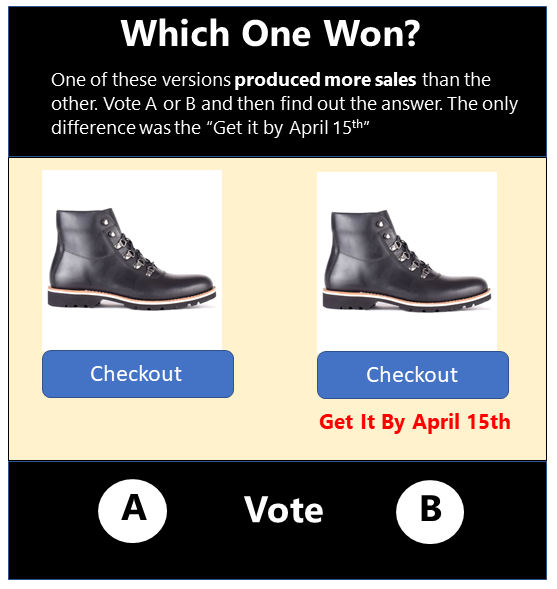Answers
Oct 16, 2018 - 08:45 AM
In my experience (and Facebook's recommendation) is to opt into as many placements as possible and let the algorithm find you the best results. You are likely to see very different results depending on the product, targeting, and creative, so it is best to start broad and see what works. By the nature of the way people use Facebook and Instagram you are going to end up with most purchases coming from the mobile news feed, but you still might get some nice wins on desktop news feed or even the often maligned right column. After you've run the campaigns for some time (usually a few days to a few weeks, depending on the volume) you should have enough data to see if there are any placements that just aren't working from a ROAS stance and turn those off.
Oct 18, 2018 - 07:47 PM
If you are running e-commerce you need to run Facebook DPA . In your case, that'll be way more important than what placements to run on. Regular ads aren't going to cut it for you regardless of what placement you focus on. You can run DPA for both prospecting and remarketing. Also, don't bother yourself trying any campaign objective, besides "conversion".
As for placements, if you have a small budget, choose "automatic" and let the algorithm decide. If your budget is significant, focus more on FB feed and Instagram feed. Separate the two on ad set or campaign level. Consider additionally segmenting by desktop and mobile as well. TEST IT.
Desktop CPMs are higher than mobile but CVRs are higher too. Same goes for FB vs Instagram. FB CPMs are higher, but CVRs are generally higher as well (for most products). That said both can perform well. If you selling apparel or cosmetics and your primary customer base is female, you could go a bit heavier on Instagram.
Bottom line - test everything, including other placements.
When you look at reporting though, make sure to add columns for click only attribution. By default, FB dashboard will be showing you clickthrough + view-though. Chances are that a lion portion of conversion you'll see will be view-through. In the world of modern advertising view through attribution is still somewhat questionable (even more so with Facebook Ads). Not that I'm a hater of view-through but a rule of thumb is to make sure that your economics (CPA, ROI, ROAS) work on a clickthrough basis alone. That's what you need to judge your placement performance by.
As for placements, if you have a small budget, choose "automatic" and let the algorithm decide. If your budget is significant, focus more on FB feed and Instagram feed. Separate the two on ad set or campaign level. Consider additionally segmenting by desktop and mobile as well. TEST IT.
Desktop CPMs are higher than mobile but CVRs are higher too. Same goes for FB vs Instagram. FB CPMs are higher, but CVRs are generally higher as well (for most products). That said both can perform well. If you selling apparel or cosmetics and your primary customer base is female, you could go a bit heavier on Instagram.
Bottom line - test everything, including other placements.
When you look at reporting though, make sure to add columns for click only attribution. By default, FB dashboard will be showing you clickthrough + view-though. Chances are that a lion portion of conversion you'll see will be view-through. In the world of modern advertising view through attribution is still somewhat questionable (even more so with Facebook Ads). Not that I'm a hater of view-through but a rule of thumb is to make sure that your economics (CPA, ROI, ROAS) work on a clickthrough basis alone. That's what you need to judge your placement performance by.





Add New Comment